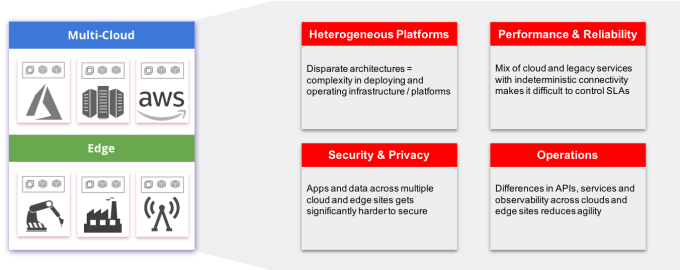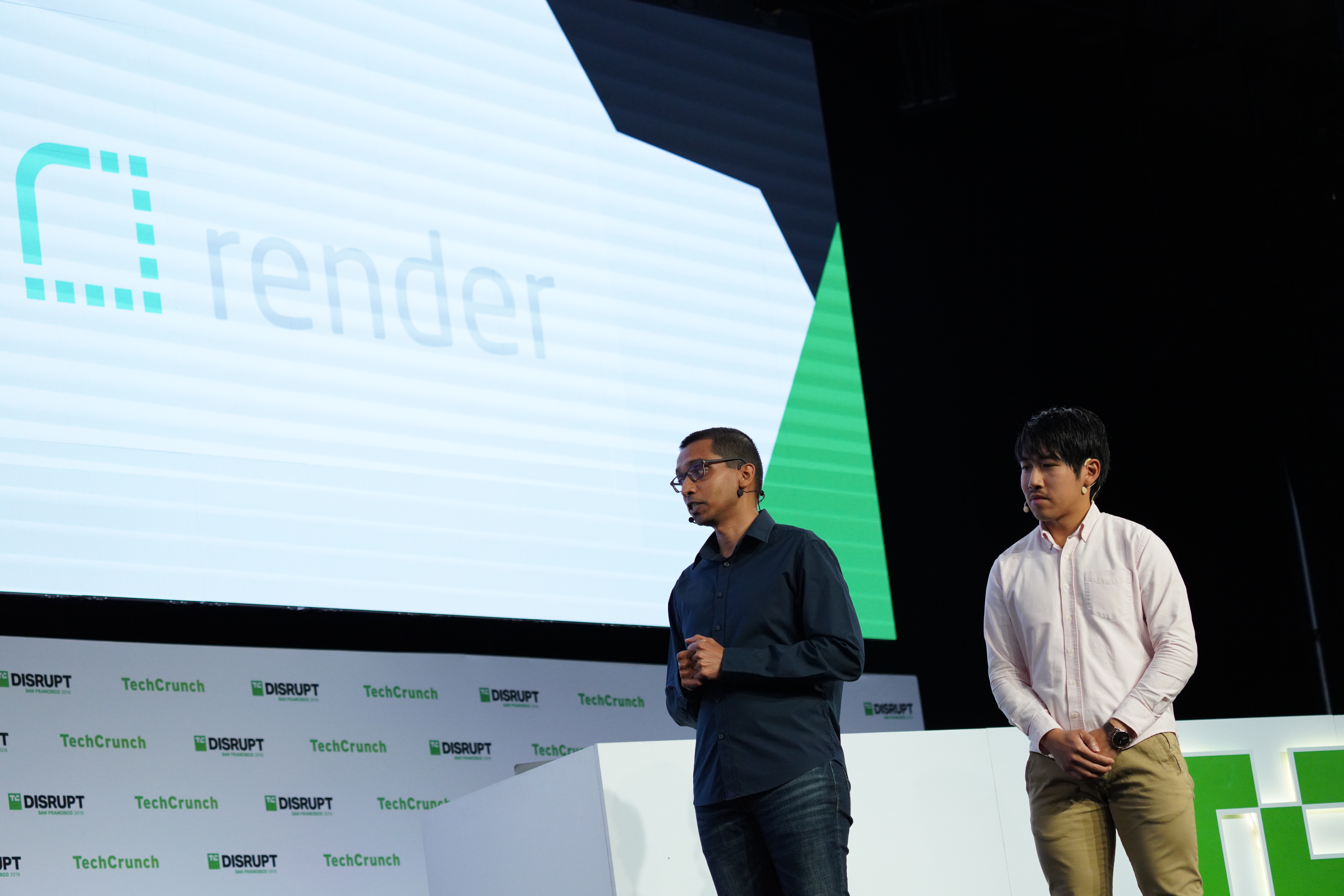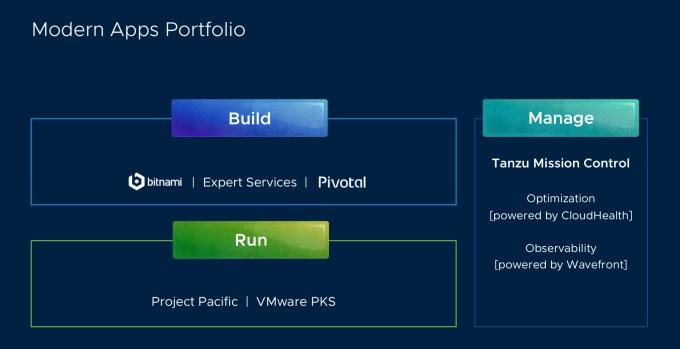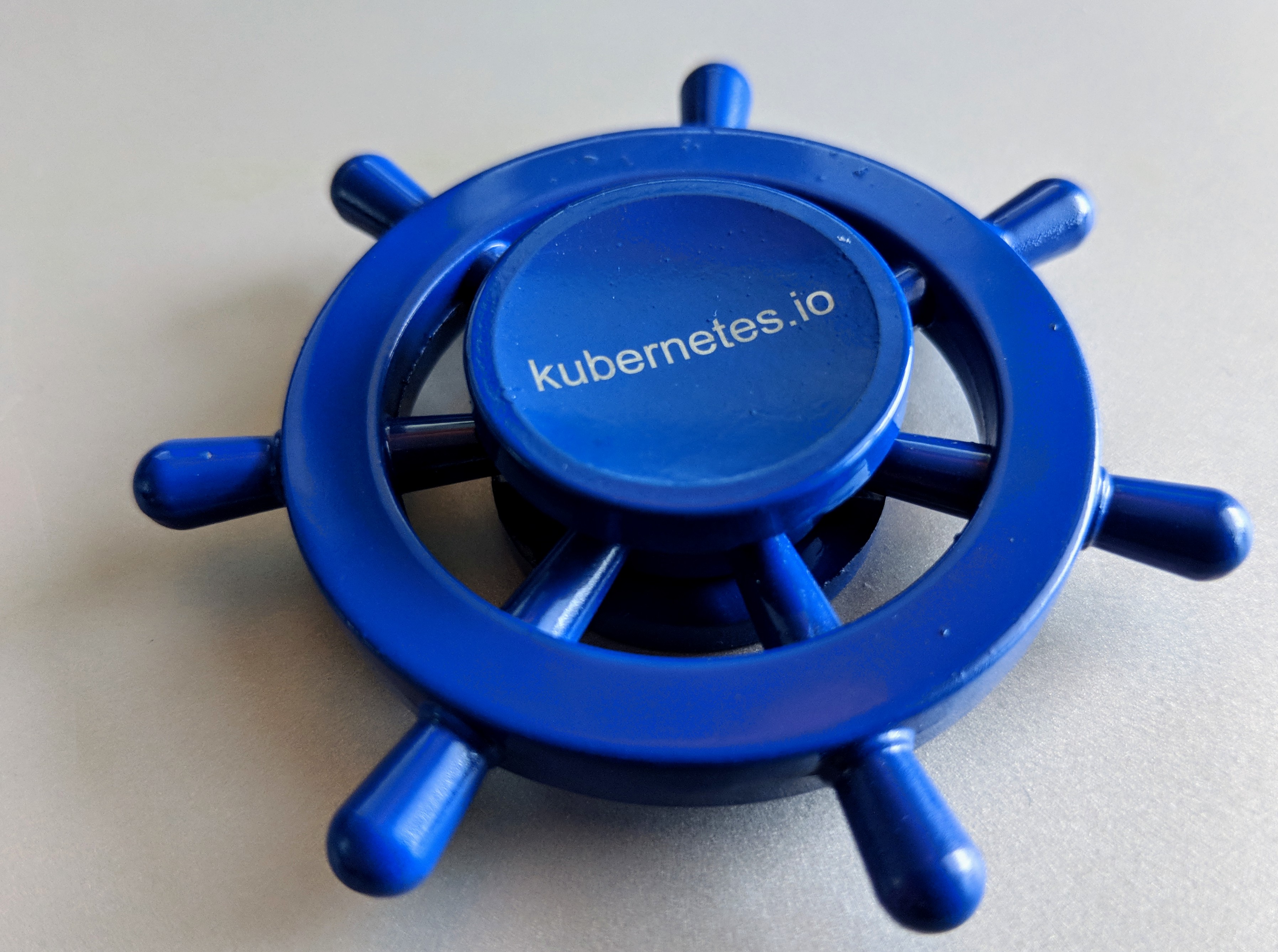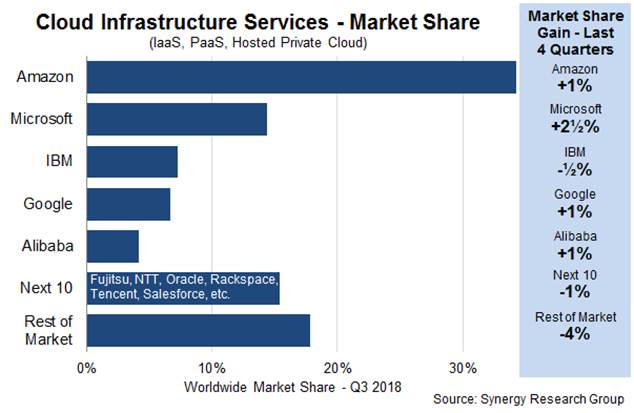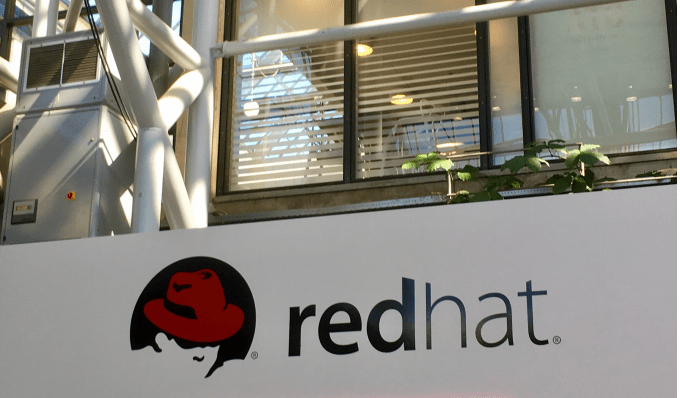Chronosphere, a startup from two ex-Uber engineers who helped create the open-source M3 monitoring project to handle Uber-level scale, officially launched today with the goal of building a commercial company on top of the open-source project.
It also announced an $11 million investment led by Greylock, with participation from venture capitalist Lee Fixel.
While the founders, CEO Martin Mao and CTO Rob Skillington, were working at Uber, they recognized a gap in the monitoring industry, particularly around cloud-native technologies like containers and microservices. There weren’t any tools available on the market that could handle Uber’s scaling requirements — so like any good engineers, they went out and built their own.
“We looked around at the market at the time and couldn’t find anything in open source or commercially available that could really scale to our needs. So we ended up building and open sourcing our solution, which is M3. Over the last three to four years we’ve scaled M3 to one of the largest production monitoring systems in the world today,” Mao explained.
The essential difference between M3 and other open-source, cloud-native monitoring solutions like Prometheus is that ability to scale, he says.
One of the main reasons they left to start a company, with the blessing of Uber, was that the community began asking for features that didn’t really make sense for Uber. By launching Chronosphere, Mao and Skillington would be taking on the management of the project moving forward (although sharing governance for the time being with Uber), while building those enterprise features the community has been requesting.
The new company’s first product will be a cloud version of M3 to help reduce some of the complexity associated with managing an M3 project. “M3 itself is a fairly complex piece of technology to run. It is solving a fairly complex problem at large scale, and running it actually requires a decent amount of investment to run at large scale, so the first thing we’re doing is taking care of that management,” Mao said.
Jerry Chen, who led the investment at Greylock, saw a company solving a big problem. “They were providing such a high-resolution view of what’s going on in your cloud infrastructure and doing that at scale at a cost that actually makes sense. They solved that problem at Uber, and I saw them, and I was like wow, the rest of the market needs what guys built and I wrote the Series A check. It was as simple as that,” Chen told TechCrunch.
The cloud product is currently in private beta; they expect to open to public beta early next year.
